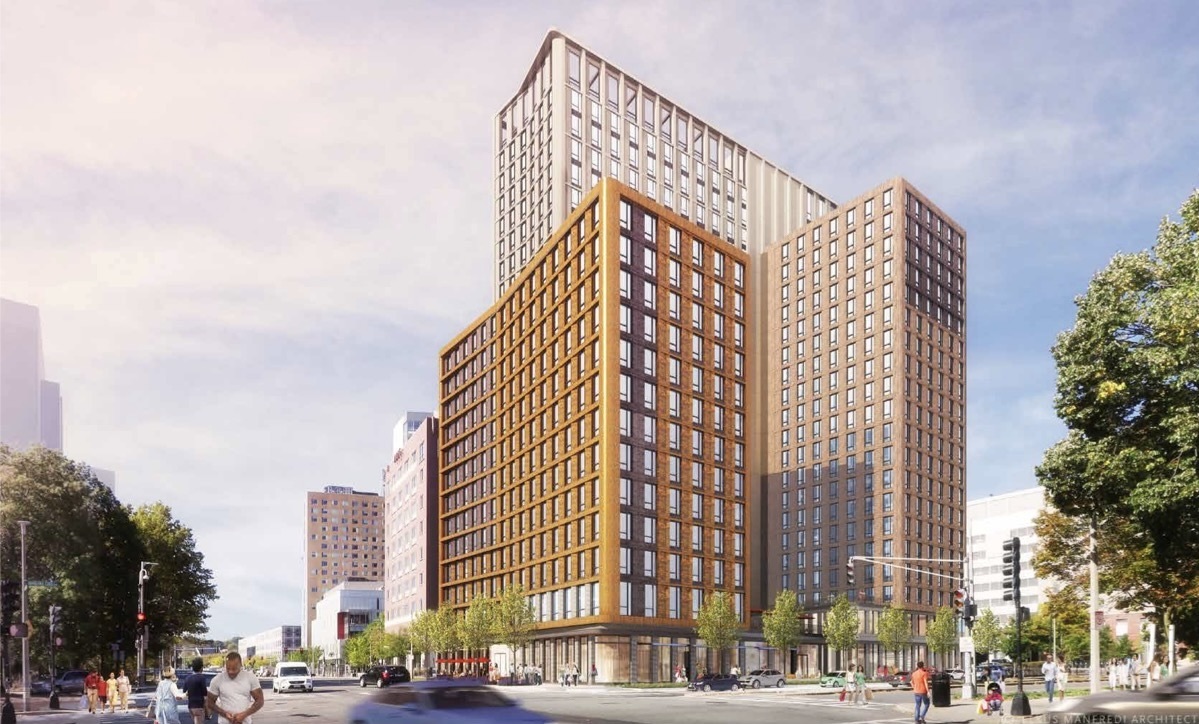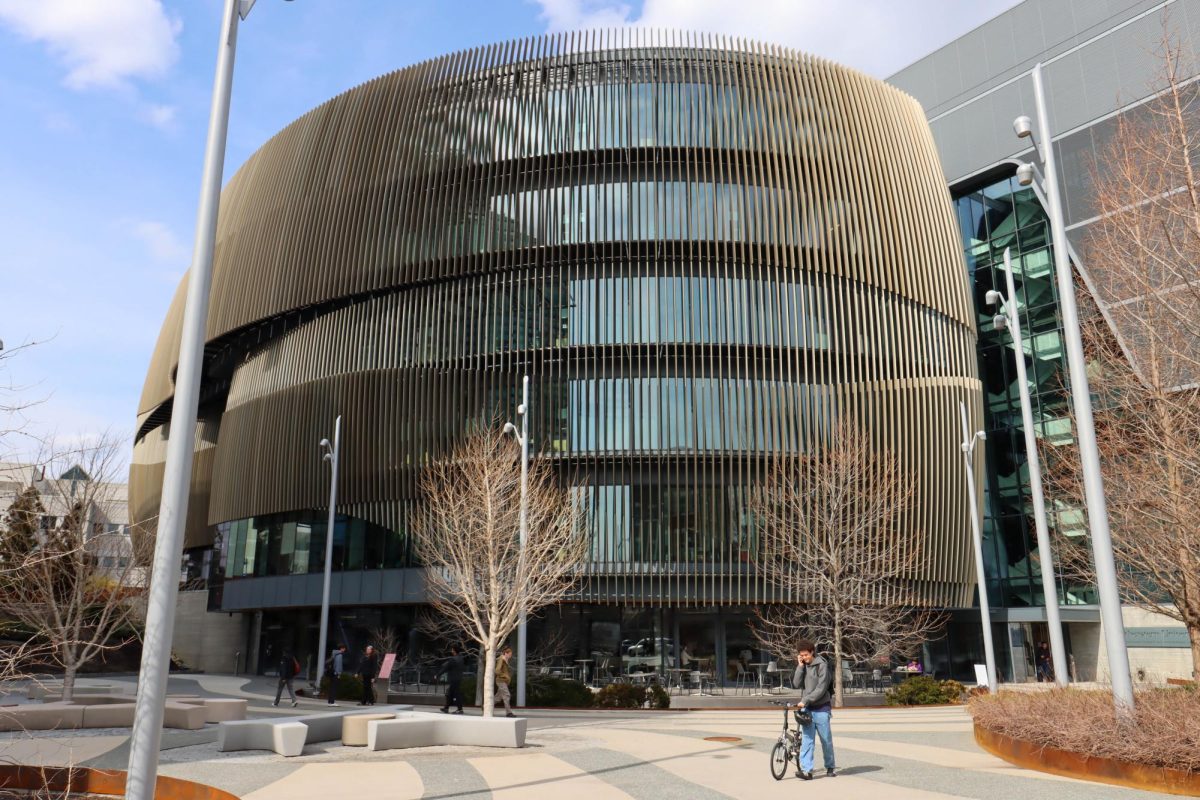Northeastern received approval Thursday from Boston’s development board to construct a 23-story residence hall at 840 Columbus Ave, a critical hurdle that has taken years for the university to clear amid concerns the building would contribute to gentrification in Roxbury neighborhoods.
The board of directors for the Boston Planning and Development Agency, or BPDA, green lit a revised version of the building plan submitted December 2023 which increased the number of initially proposed beds from 810 to 1,370, cut academic space proposed in the original 2019 plan and added a community-focused ground floor. The university plans to begin construction in fall 2025 and open the building, which will be constructed on a parcel of land currently functioning as a surface parking lot, in fall 2028.
Since 2019, the university has repeatedly retooled the plan to respond to students’ and Roxbury residents’ arguments that constructing another luxury residence hall would drive up housing prices in the neighborhood, escalating existing gentrification.
Proponents of the project say the current plan will help keep students in on-campus housing, alleviating pressure they exert on the surrounding neighborhood housing markets where wealthier students have historically priced residents out of their homes.
“The city has a very strong goal to have as many students proximate to campus and university-controlled housing as possible,” Northeastern’s Senior Vice President for Finance Thomas Nedell said at a January faculty senate meeting. “The resulting goal [with 840 Columbus] is to have fewer students out in the neighborhoods such as Mission Hill or Fenway.”
Jason Willis, senior vice president for development of American Campus Communities, the student housing company Northeastern partnered with to develop both 840 Columbus Ave. and LightView, said the group tailored the residence hall’s apartment design to meet students’ preferences. The $350 million building is slated to have 345 fully-furnished units with private bedroom accommodations, according to documents filed with the BPDA.
“When Northeastern students aren’t finding that product, they end up in the neighborhood using houses and other accommodations,” Willis said at a January meeting of the BPDA’s Northeastern University task force. “This is the answer to actually bring them back into on-campus student housing.”
During discussions for the building in 2020 and 2021, members of the BPDA’s Northeastern task force — composed of community members from surrounding neighborhoods who advise Northeastern on its development and Institutional Master Plan — objected to the building’s size and what they said was less-than-satisfactory outreach or consultation with community residents affected by the new residence hall.
Northeastern responded by scaling down the building’s area by several thousand square feet and cutting a proposed 25 stories to 23. It also scrapped its plan for academic space on the ground floor and replaced it with 4,000 square feet of retail space open to community residents.
But at the task force’s January meeting, task force member Louis Elisa expressed doubt that the community-geared ground floor would appeal to residents.
“I’m not sure how inviting to the community the site will be, given that it’s in the shadow of these massive structures,” Elisa said. “For the community in general, what’s the curb appeal? What says to the residents on Tremont Street that they’re invited in? … I don’t see where it’s inviting. It looks like an institution.”











